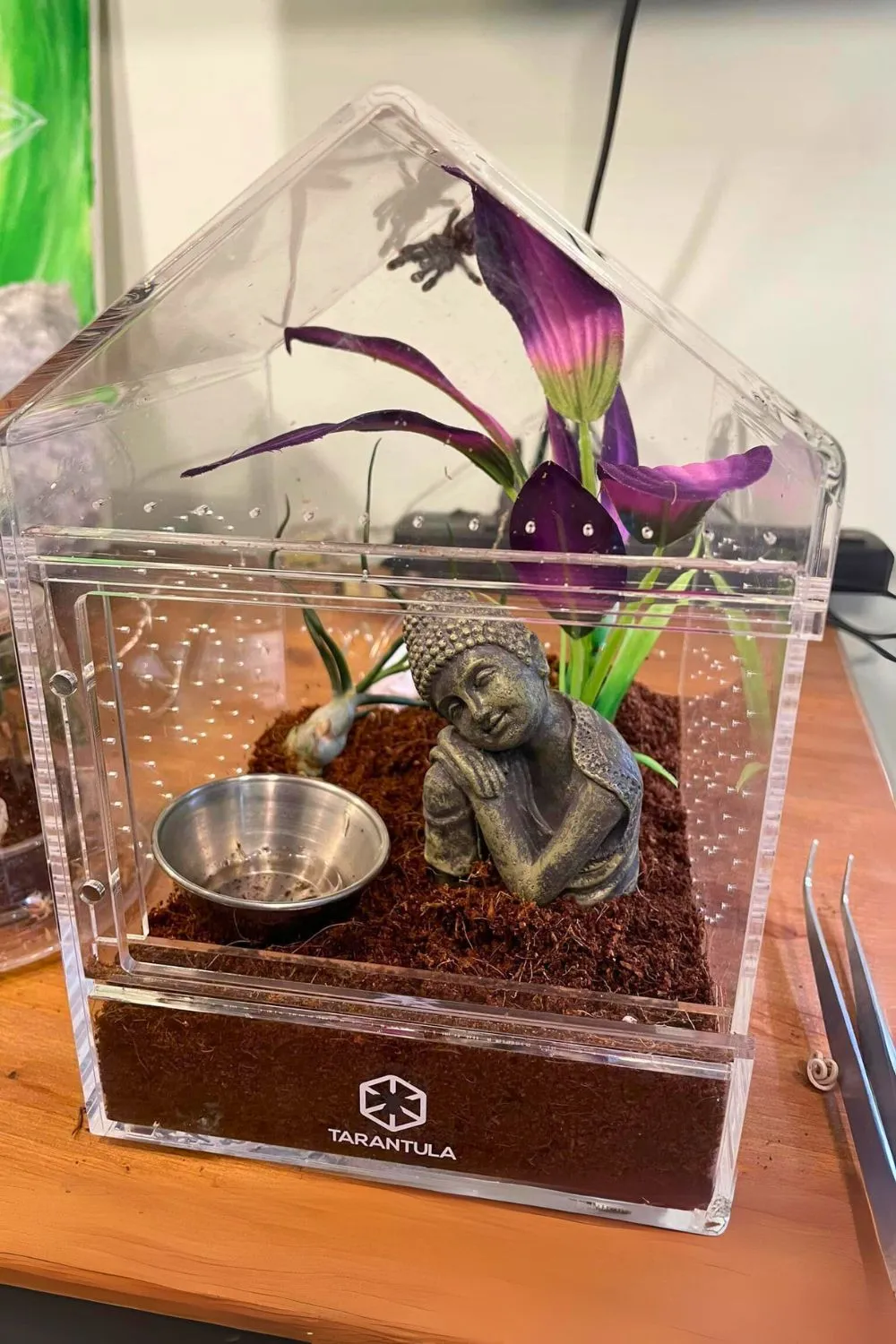Creating the best tarantula enclosure is crucial for the health, happiness, and longevity of your eight-legged companion. A well-designed habitat mimics the spider’s natural environment, providing everything it needs to thrive. This guide reveals the secrets to building a perfect tarantula enclosure, covering everything from choosing the right size and materials to providing the ideal substrate, decorations, and maintenance. Following these tips will ensure your tarantula lives a long, healthy, and enriching life, allowing you to enjoy the fascinating world of these amazing creatures.
Choosing the Right Tarantula Enclosure
The first step in creating the best tarantula enclosure is selecting the right type of habitat. This decision impacts your tarantula’s well-being and your ability to maintain the enclosure. Consider the tarantula’s species, size, and natural behaviors when making your choice. Proper enclosure selection is the foundation of a thriving tarantula habitat, setting the stage for a happy and healthy spider.
Size Matters Selecting the Proper Dimensions
One of the most important factors is the size of the enclosure. A habitat that is too small will restrict movement and may stress the tarantula, while a habitat that is too large can make it difficult for the spider to find its food and feel secure. As a general rule, the enclosure should be at least twice the tarantula’s leg span in width and length, and the height should be sufficient to allow the spider to molt without falling and injuring itself. The right size promotes natural behaviors and reduces stress.
Understanding Tarantula Species Needs
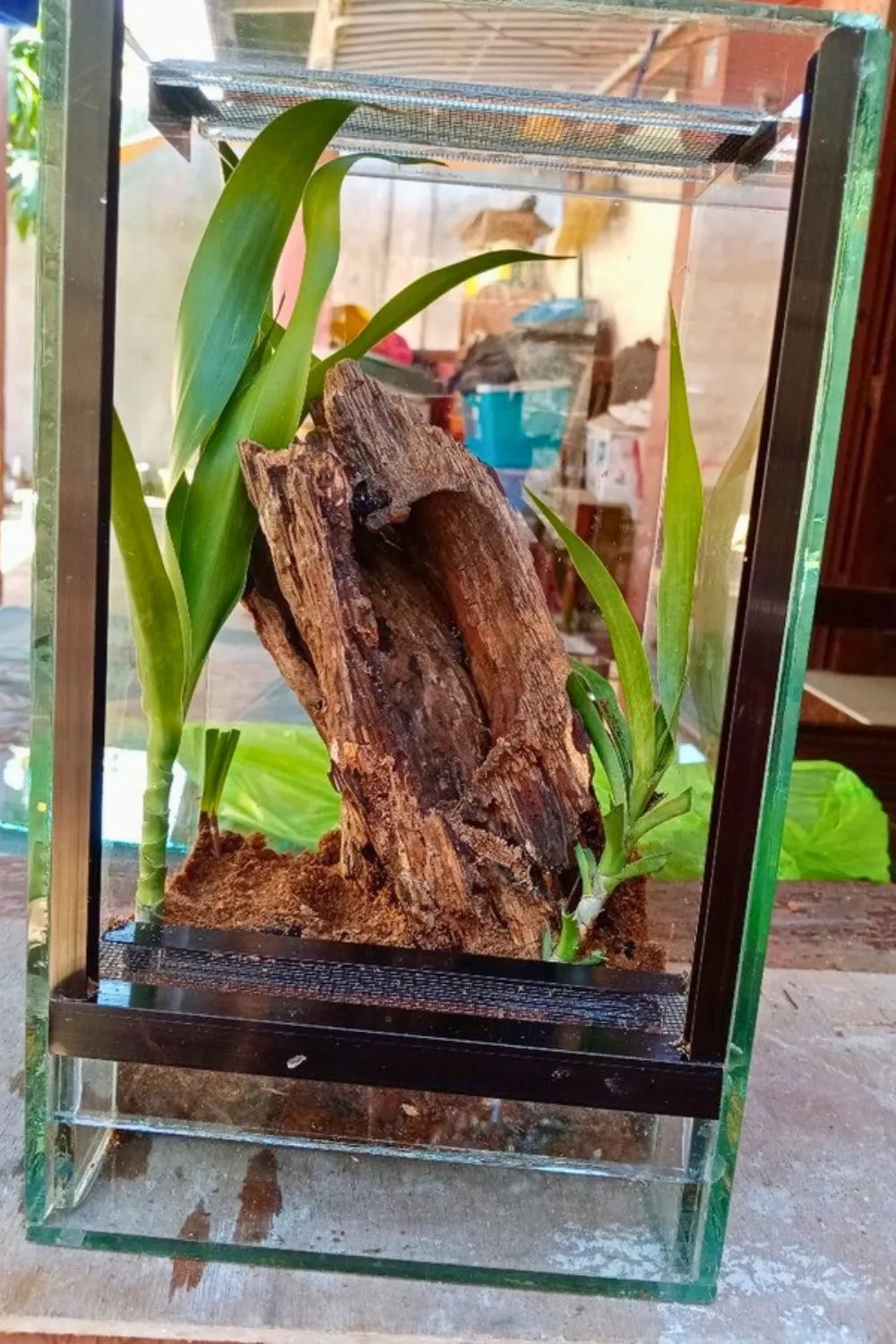
Different tarantula species have varying habitat requirements. Researching your specific species is vital. This includes understanding their natural environment, their preferred substrate, and their need for humidity and temperature. This knowledge is crucial for creating an enclosure that meets your tarantula’s specific needs and allows it to thrive. Failure to understand these requirements can lead to a stressed or unhealthy spider.
Terrestrial Tarantulas
Terrestrial tarantulas are ground-dwelling spiders, and their enclosures should prioritize floor space. These spiders typically do not climb much, so the height of the enclosure is less critical than the width and length. Provide plenty of substrate for burrowing and hiding. A good substrate and some hiding places will allow them to feel safe, which is crucial for their well-being. These spiders prefer to remain hidden, only coming out at night.
Arboreal Tarantulas
Arboreal tarantulas live in trees and require taller enclosures to accommodate their climbing behavior. The height of the enclosure should be greater than the width and length. Include branches, cork bark, or other climbing structures for the spider to utilize. Secure these structures well to prevent them from falling and potentially injuring the spider. Arboreal tarantulas often spend most of their time off the ground, using their enclosure’s height.
Burrowing Tarantulas
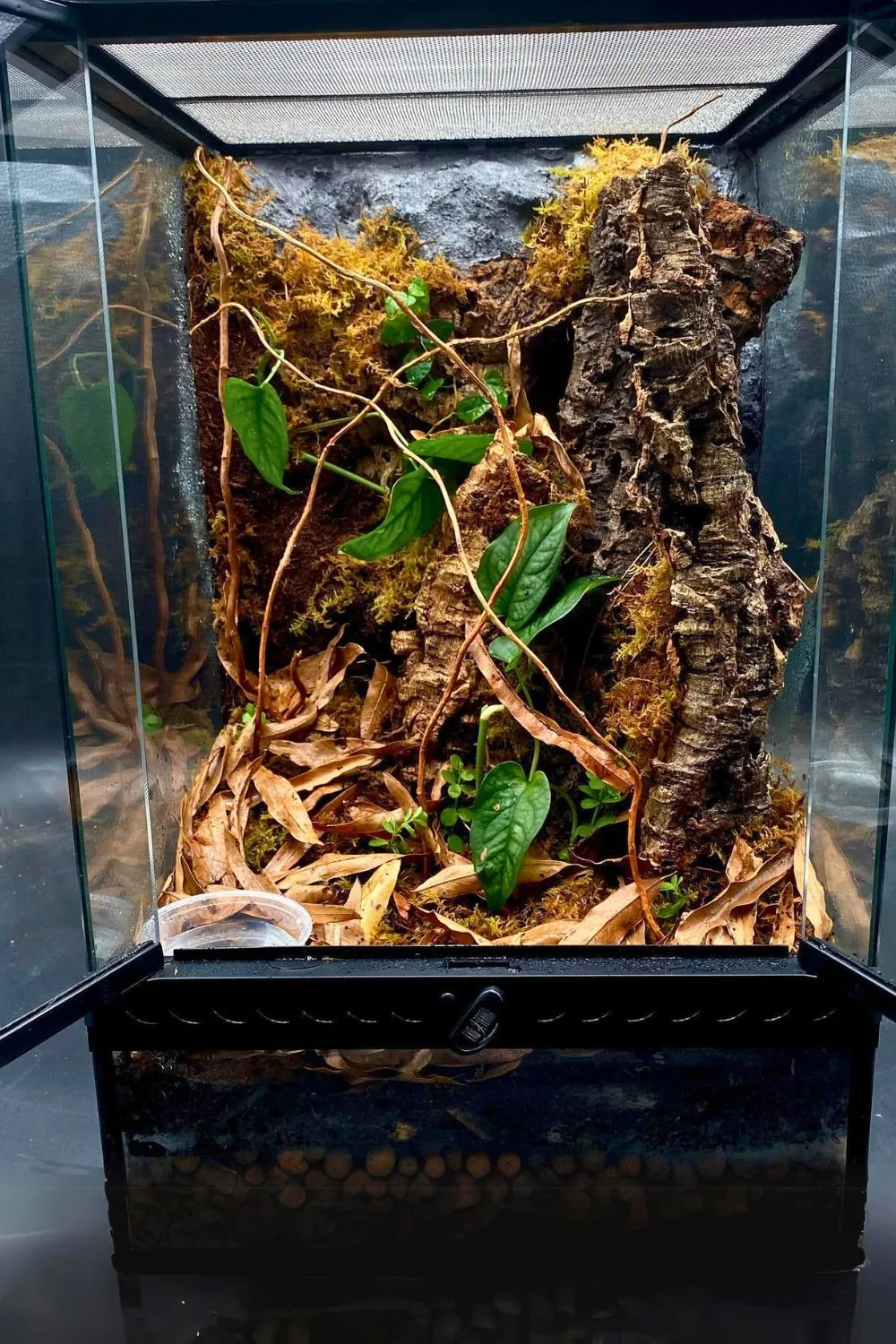
Burrowing tarantulas are adapted to living underground, so their enclosures need a deep layer of substrate to allow them to create burrows. The enclosure should be at least as deep as the tarantula’s leg span. Provide a substrate that holds its shape well, like a mixture of peat moss, coco fiber, and vermiculite. Ensure that the substrate stays moist to provide the humidity required for burrowing. These tarantulas are expert diggers and need a suitable substrate to thrive.
Essential Enclosure Materials
The material of your tarantula enclosure significantly impacts its functionality and your ability to maintain it. The ideal material provides adequate ventilation, allows for easy observation of the spider, and is durable enough to withstand the spider’s potential digging or climbing behaviors. Common materials include glass and acrylic, each with its own set of advantages and disadvantages. Carefully consider which material best suits your needs and the needs of your tarantula.
Glass Terrariums Benefits and Drawbacks
Glass terrariums are a popular choice because they are readily available, relatively inexpensive, and provide excellent visibility. They are also easy to clean and maintain, making it easy to observe your tarantula. However, glass enclosures can be heavy and may shatter if dropped. They also do not insulate as well as acrylic, which can make it more difficult to maintain a consistent temperature and humidity level inside the enclosure. Additionally, glass terrariums require careful handling to prevent breakage.
Acrylic Enclosures Advantages and Disadvantages
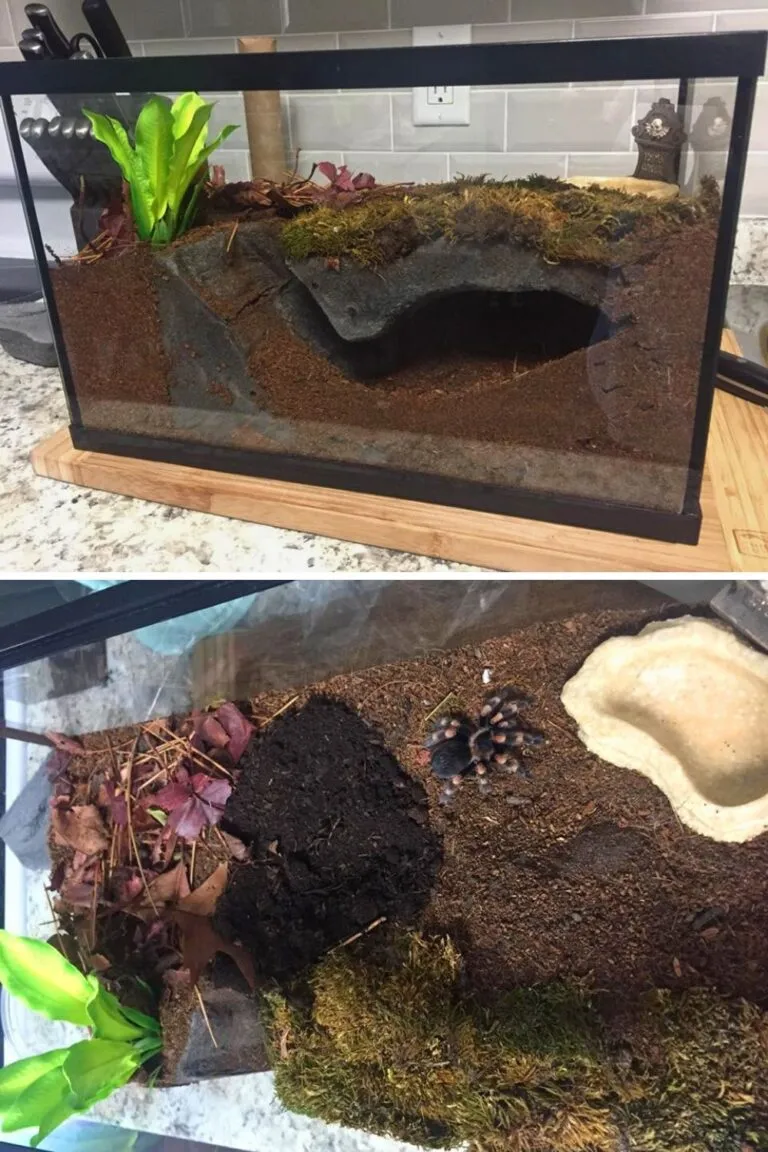
Acrylic enclosures are lightweight, durable, and offer excellent insulation, which can help to regulate temperature and humidity. They are also highly transparent and offer great views of the tarantula. Acrylic is more resistant to breakage than glass. However, acrylic can scratch more easily than glass, and some types of acrylic can yellow over time. Moreover, acrylic enclosures can be more expensive than glass terrariums.
Ventilation Importance and How to Achieve It
Proper ventilation is essential for preventing mold and maintaining appropriate humidity levels. Enclosures should have ventilation holes or a screen top. The number and placement of these openings depend on the species of tarantula and the humidity requirements. For arid species, ventilation is crucial. For humid species, ventilation should be balanced with the need to retain moisture. Ensure that ventilation is sufficient to prevent the buildup of stagnant air and moisture, both of which can be detrimental to the tarantula’s health.
Creating the Perfect Substrate
The substrate is the foundation of a tarantula’s habitat, serving multiple purposes: providing a surface to walk on, allowing for burrowing (for some species), and helping to maintain the necessary humidity levels. The type of substrate you choose will depend on the species of tarantula, their natural habitat, and your aesthetic preferences. The right substrate creates a comfortable, healthy environment for your spider and can also enhance the appearance of the enclosure.
Substrate Types and Their Functions
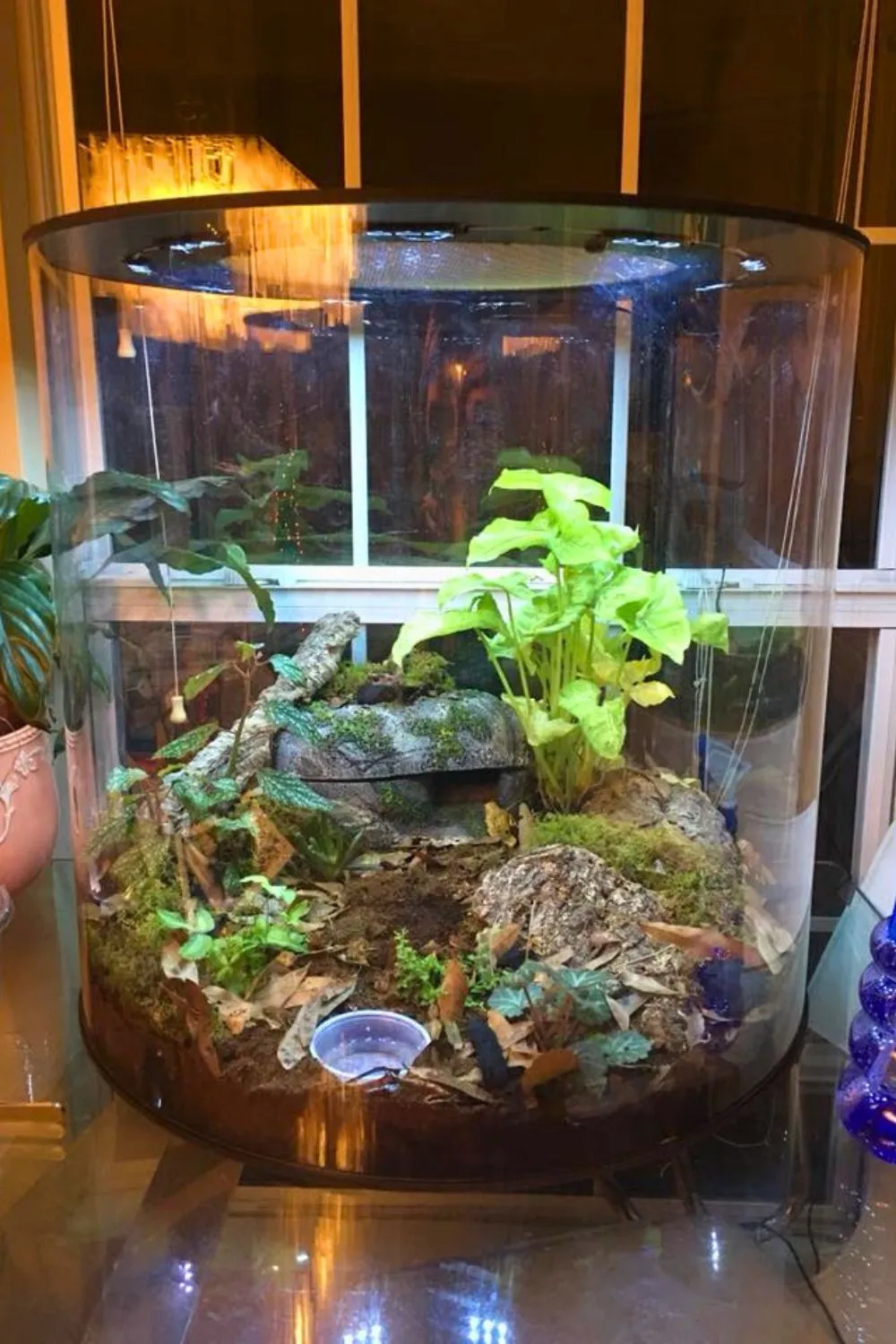
Common substrate options include coco fiber, peat moss, vermiculite, and potting soil. Coco fiber is a popular choice for its ability to retain moisture and its natural appearance. Peat moss is another good option, particularly for species that require high humidity. Vermiculite can be mixed with other substrates to improve drainage. Potting soil, without added fertilizers or pesticides, can be used for terrestrial species. The substrate should be deep enough to allow for burrowing, at least twice the spider’s leg span in depth is recommended.
Moisture Levels and Humidity Control
Maintaining the correct humidity level is critical for your tarantula’s health. The ideal humidity level varies depending on the species. You can monitor humidity with a hygrometer. To increase humidity, mist the enclosure with water or add a water dish. To decrease humidity, increase ventilation. Ensure the substrate is moist but not waterlogged, as this can lead to mold growth and other problems. Regular monitoring and adjustments are necessary to maintain the correct humidity level.
Decorating the Tarantula’s Habitat
Decorations add visual interest to the enclosure and provide enrichment for your tarantula. They also offer hiding places and climbing structures. While tarantulas may not need elaborate decorations, providing the right elements will make them feel secure and help replicate their natural environment. Focus on creating a functional and aesthetically pleasing habitat.
Providing Hides and Shelters

Tarantulas are naturally reclusive and need a place to hide. Provide hides in the form of cork bark, half logs, or artificial caves. These hides offer a sense of security and can reduce stress. Make sure the hide is appropriately sized for the tarantula to feel safe. Place the hide in a location that allows the tarantula to easily access it. Different types of hides offer variations in temperature and humidity levels, which the spider can use to regulate its environment.
Adding Live Plants and Decorations
Live or artificial plants can enhance the enclosure and provide climbing opportunities. Choose plants that are safe for tarantulas and are easy to maintain. Artificial plants are a low-maintenance option. Decorations, like rocks or small ornaments, can also be added. Avoid sharp or rough objects that could injure your tarantula. Ensure that all decorations are securely placed to prevent accidental injury to the spider. The right decorations can greatly improve the enclosure’s environment.
The Importance of Feeding and Watering
Providing food and water is critical to your tarantula’s survival. Ensuring that your tarantula has access to fresh water and a reliable food source is fundamental. Proper feeding and watering practices are essential for the health and longevity of your pet. They also help maintain an appropriate environment within the enclosure.
Water Dish and Its Placement
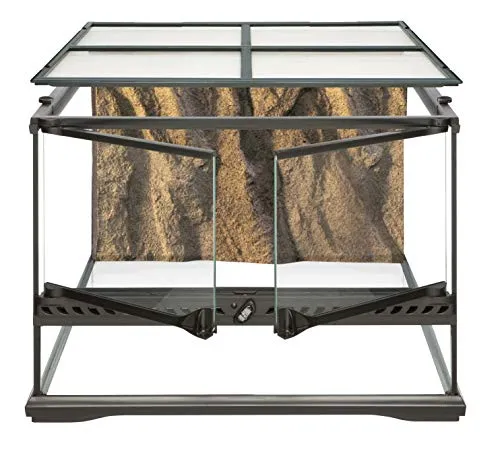
A water dish is essential, providing a constant source of fresh water. The dish should be shallow enough to prevent the tarantula from drowning. Place the water dish in a location that is easily accessible to the tarantula, but away from direct heat sources to prevent excessive evaporation. Regularly clean and refill the water dish to prevent the buildup of bacteria and maintain water quality. A clean water source is necessary for the tarantula to stay hydrated.
Feeding Frequency and Food Choices
The feeding frequency depends on the tarantula’s size and age. Younger tarantulas need more frequent feedings, typically every few days, while adults can be fed less often, usually once a week or even less. The primary food source for tarantulas is insects, such as crickets, roaches, or mealworms. The insects should be gut-loaded with nutritious food before being fed to the tarantula to provide the spider with essential nutrients. Remove uneaten insects to prevent them from stressing the tarantula and maintaining the cleanliness of the enclosure. Always ensure the prey items are smaller than the tarantula itself.
Maintenance and Cleaning Your Tarantula Enclosure
Regular maintenance and cleaning are essential to maintaining a healthy environment for your tarantula. This includes spot cleaning to remove waste and uneaten food, and complete enclosure cleaning and substrate replacement to prevent the buildup of harmful bacteria and maintain the desired conditions. A clean enclosure will reduce the risk of disease and allow your tarantula to thrive.
Spot Cleaning and Waste Removal
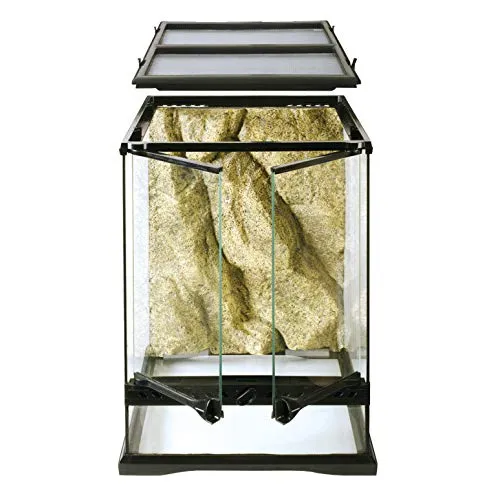
Spot cleaning should be done regularly, usually weekly, to remove waste and uneaten food. Use a pair of long tongs or tweezers to remove any uneaten insect remains or fecal matter. Avoid disturbing the tarantula unnecessarily. This practice will help keep the enclosure clean and prevent the growth of mold and bacteria. Spot cleaning helps maintain hygiene and prevents potential health risks. Regular spot cleaning helps to keep your tarantula healthy and happy.
Complete Enclosure Cleaning and Substrate Replacement
Complete enclosure cleaning and substrate replacement should be performed as needed, typically every few months or when the substrate becomes heavily soiled. Remove the tarantula to a temporary holding enclosure. Dispose of the old substrate and thoroughly clean the enclosure with warm water and mild soap. Rinse the enclosure thoroughly to remove any soap residue. Replace the old substrate with fresh substrate, and add decorations back in. Allow the enclosure to dry completely before reintroducing the tarantula. This process helps maintain the health of your tarantula and promotes a clean environment.
In conclusion, building the best tarantula enclosure is about understanding the specific needs of your tarantula species, providing a safe and stimulating environment, and maintaining proper hygiene. By following the guidelines outlined in this guide, you can create a thriving habitat that will allow your tarantula to live a long and healthy life. Regular maintenance, proper feeding, and attention to detail are the keys to success. Enjoy the fascinating world of tarantula keeping and the unique joys of caring for these amazing creatures.
